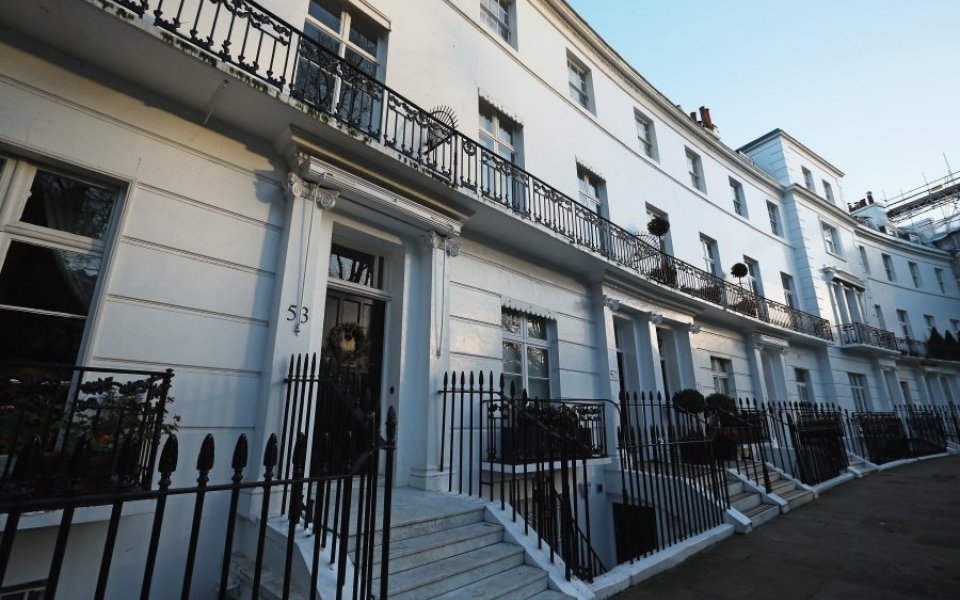Stamp duty hike boosts rental demand for London’s top end homes

The hike in stamp duty on top-end homes has sparked a surge in super-prime rental deals over the last year, new research shows, as well-heeled families put off plans to buy.
Knight Frank said rental deals on properties charging £5,000-plus per week rose by 10 per cent in 2015 as people hold off buying following George Osborne’s tough stamp duty reforms, which introduced a 12 per cent rate on homes over £1.5m.
“The reason for the increase is primarily cautious buyers who are nervous about the market in terms of what will happen to prices. They are nervous about paying the increased stamp duty,” the agency’s head of super prime lettings Tom Smith told City A.M.
“If you were buying a property at £15m, your stamp duty bill is likely to be around £1.7m. You could pay the equivalent level for three to four years in rent before paying that stamp off. So renting seems like a fairly risk free solution at the moment,” he added.
Demand for prime rental properties – which range from £1,000 to £5,000 per week – has also surged due to increased uncertainty, with the number of tenancies agreed, new prospective tenants and viewings rising by 5.6 per cent, 4.8 per cent and 2.8 per cent, respectively last year.
But although demand has grown, the slowdown in the sales market has forced more property owners unwilling to sell below their asking price to become landlords, Knight Frank said, which in turn has boosted supply.
Whereas supply of the very top end homes remains scarce, the company said there has been a glut in prime properties hitting the rental market, which has weighed on growth.
This has been exacerbated by the volatile global economic backdrop, including the slowdown in China, falling oil prices and uncertainty over an interest rate rise.
As a result, rental values declined 0.3 per cent in January, meaning annual growth eased to 0.2 per cent, its research showed.
Meanwhile prices rose by 0.1 per cent in January, Knight Frank’s prime central London sales index showed, taking the annual growth to 1.2 per cent. The number of properties withdrawn from sale rose by seven per cent last year while volumes fell by 17 per cent in the second half.